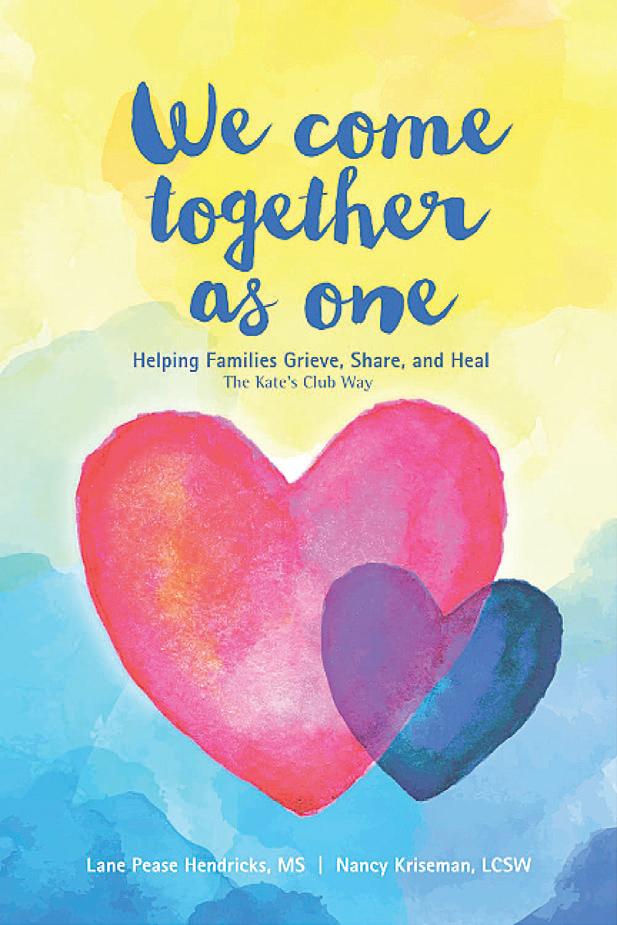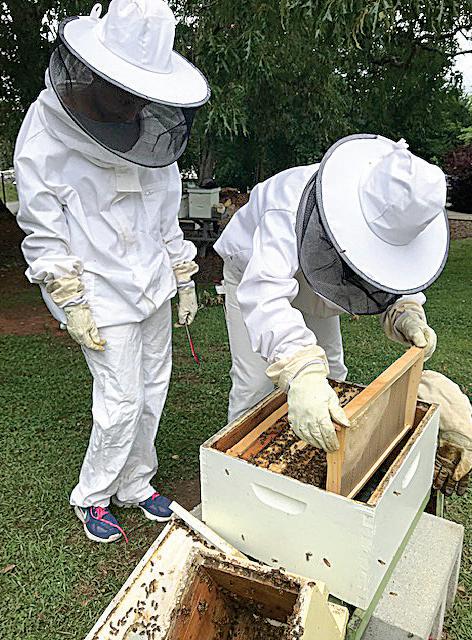
5 minute read
Above the Waterline
The Sea-Poet Who Changed the World
Above the Water Line
Advertisement

Sally Bethea
Sally Bethea is the retired executive director of Chattahoochee Riverkeeper and an environmental and sustainability advocate.
Iheld my breath as we turned off a paved road on an island in Maine and navigated a rocky, private drive lined with spruce, firs, and birch. The modest gray cottage that I had been anticipating emerged through the trees, perched on a granite ledge above the Sheepscot River.
Opening an old screen door, we walked through a small kitchen to a large, sunlit room: pine-paneled and filled with the comfortable rattan furniture that was popular more than fifty years ago. A braided rug on the floor reminded me of my childhood home, as did the booklined shelves, reading lamps, wall maps, and seashells. On the sill below a large, west-facing picture window sat a pair of binoculars – her binoculars. I could hardly believe it, but I was standing in the beloved summer cottage that was built by Rachel Carson: the woman who launched the environmental movement, teaching us the vital connections between all living things.
Now owned by Rachel’s grandnephew Roger Christie – who she adopted after his mother died – the cottage is available for rent during summer months. I had waited a year and a half, through the pandemic, to spend a week at this special place: the refuge where the famous marine biologist, author, and environmentalist was annually re-energized.
Rachel Carson’s office at her cottage in Maine today.
Low-Tide World
In Rachel’s tiny bedroom, I fell asleep beneath an open window, listening to the sound of wind-driven water against stone and sand. I sat in the homemade, wooden chair at the desk in her study, where she wrote, “often in longhand, with frequent revision,” with the woods, river and sky visible through large windows. From her white-railed deck, behind the dark silhouettes of fir trees, I watched the sun set – painting clouds vibrant shades of orange, pink, and purple.
In a tide pool surrounded by bladder wrack and eelgrass – at the bottom of sloping, sea-slick rocks – I startled a fastswimming crab and imagined Rachel’s explorations here with Roger, when he was young. She loved her “low-tide world, when the ebb tide falls very early in the morning, and world is full of salt smell and the sound of water and the softness of fog.” This and other shorelines, including Georgia’s coast, inspired Rachel’s book, The Edge of the Sea, the third in her seatrilogy. Along with other writings, they led to her recognition as one of the best nature writers of the 20th century.
It was The Sea Around Us (1951), the second in the trilogy, that provided sufficient income, allowing the sole wageearner for her extended family to build a summer cottage in Maine. On the New York Times best seller list for a recordbreaking, eighty-six weeks, the book’s popularity and commercial success made it possible for Rachel to leave her job as editor-in-chief at the U.S. Fish & Wildlife Service and commit herself fulltime to writing.
Largely forgotten due to the extraordinary success of her final book, Silent Spring, the sea books include some of Rachel’s most lyrical writing and profound insights. “As a writer,” she once said, “my interest is divided between the presentation of facts and the interpretation of their significance, with emphasis toward the latter.” Rachel Carson’s brilliance was in her ability to synthesize and present complex scientific information using a literary style that engaged her readers. According to her longtime editor Paul Brooks, “She was like the stonemason who never lost sight of the cathedral.”
Carson in her office in 1962 after the publication of “Silent Spring.”
Silent Spring
Working as a scientific writer for a federal agency during the 1940s, Rachel had early access to reports of scientific discoveries (many oceanographic) and new technologies that were emerging at a staggering pace in support of military operations during World War II. Until The Sea Around Us, the general public knew little about the vast, deep oceans that are critical to life on earth. Effectively blending knowledge and wonder, this classic book explains how oceans and their ecosystems work. Importantly, Rachel became a trusted source of information.
Alarmed by the bombing of Hiroshima and the impacts associated with the civilian use of DDT and other pesticides, Rachel decided to write a book about the destruction of the environment. No longer able to sell pesticides to the military to control lice and other insects after the war ended, chemical companies determined to sell their toxic products commercially for farms and gardens—although they had not been tested for civilian use. In the late 1950s, complaints about the indiscriminate spraying of pesticides escalated; birds and other wildlife were dying.
Although her health was deteriorating with the cancer that would ultimately kill her just two years after Silent Spring was published, Rachel concluded: “Knowing what I do there would be no future peace for me, if I kept silent.” When her final book was printed in 1962, it ignited her readers in this country and around the world to demand an end to the “mass poisoning.” Not surprisingly, it enraged the chemical industry and their allies, who called her a “hysterical woman,” and a “pseudo-scientist.” She responded with quiet, determined courage – secured by well-researched facts.
In her search for the truth, Rachel questioned the direction of post-war science and technology, calling for greater public awareness about its risks. In the decade that followed Silent Spring, major federal environmental laws were passed to protect our air, water, and wildlife and to create the U.S. Environmental Protection Agency. In 1973, DDT was finally banned.
Nearing the end of her life – sixty years ago – Rachel observed: “We live in an age of rising seas. In our own lifetime, we are witnessing a startling alteration of climate.”










